What is Electrical Energy?
Electrical energy results from the movement of an electrical charge, and is commonly referred to as simply “electricity.” Ultimately, it has its origin in the electromagnetic force: one of the four fundamental forces of nature and the one that is responsible for the behavior of electrically charged objects. Electrical energy is the result of the interaction of subatomic particles with this force. Electricity manifests itself in natural phenomena such as lightning and is essential to life at a fundamental level. The ability of humans to generate, transmit and store electricity is crucial to modern industry, technology and, in most countries, domestic life.
The Origin of Electrical Energy
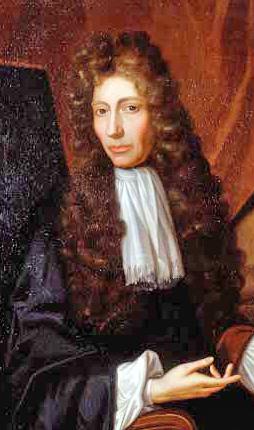
There are two types of electrical charge, called positive and negative. If two electrically charged objects are brought close to one another, they will experience a force. If the charges are the same — both positive or both negative — the force will act to push the objects away from one another. If they have different charges, they will attract one another. This repulsion or attraction is known as the electromagnetic force, and it can be harnessed to create a flow of electrical energy.
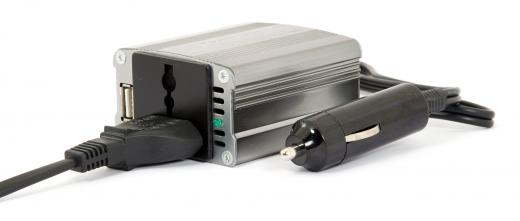
Atoms consist of a nucleus containing positively charged protons, with negatively charged electrons orbiting around it. Protons normally stay put in the nucleus, but electrons can move from atom to atom, allowing them to flow through materials, such as metals, that conduct electricity. A place with an excess of electrons over protons will have a negative charge; a place with a deficit will have a positive charge. Since opposite charges attract one another, electrons will flow from a negatively charged area to a positively charged one if allowed to do so, creating an electric current.
Using Electrical Energy
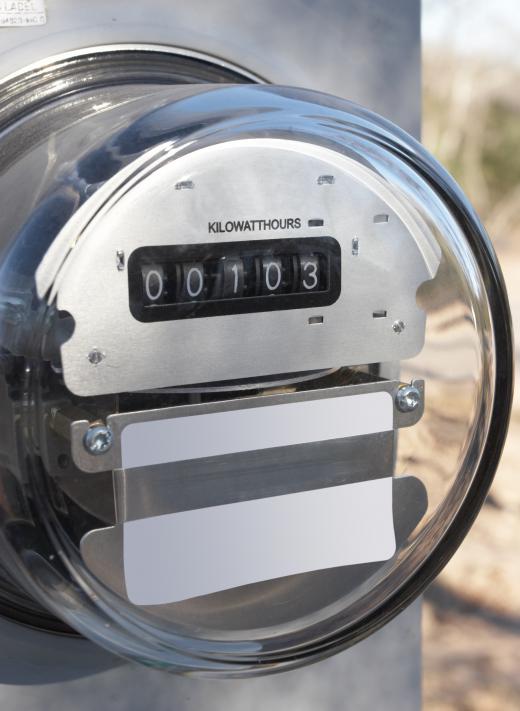
Electricity is useful both in itself and as a means of transferring energy over long distances. It is essential to various industrial processes, telecommunications and the Internet, computers, televisions and many other devices in common use. It can also be converted into other forms of energy for use in a variety of other applications.
When an electric current flows through a conductor, it generates a certain amount of heat. The amount generated depends on how well the material conducts electricity. A good conductor, such as copper, produces very little. For this reason, copper wires and cables are commonly used to transmit electricity: when heat is produced, energy is lost, so a good conductor minimizes energy loss. Materials that conduct electricity less well produce more heat, so they tend to be used in electric heaters, cookers and ovens, for example.

Electrical energy can also be converted into light. Early arc lights depended on an electrical discharge across a small gap to heat the air to the point where it glows — the same principle as lightning. Later, the filament light bulb was introduced: this relies on the current causing a thin, coiled wire to glow white-hot. Modern, energy-saving light bulbs pass a high voltage current through a thin gas, causing it to emit ultraviolet light, which strikes a fluorescent coating to produce visible light.
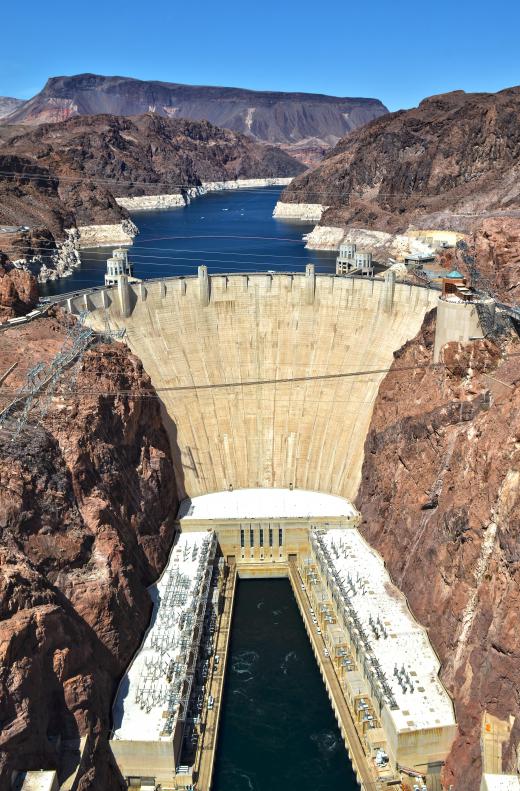
When a conducting material, such as a copper wire, is moved in a magnetic field, a current is generated. Conversely, a current flowing through a wire will, if it experiences a magnetic field, produce movement. This is the principle behind an electric motor. These devices consist of an arrangement of magnets and coils of copper wire such that when a current flows through the wire, a turning motion is produced. Electric motors are widely used in industry and in the home, for example in washing machines and DVD players.
Measuring Electrical Energy

Energy is measured in joules, a term named after the physicist James Prescott Joule. One joule is roughly the amount of energy required to lift a one pound (0.45 kilogram) weight a vertical distance of nine inches (22.9 cm). It is, however, usually more convenient to think of electricity in terms of power, which is energy divided by time, or the rate at which it flows. This gives the possibly more familiar unit of the watt, named after the scientist James Watt. One watt is equivalent to one joule per second.

There are a number of other units that relate to electricity. The coulomb is the unit of electrical charge. It can be regarded as a quantity of electrons — 1.6 x 1019 — since all electrons have the same, very small, charge. The ampere, usually abbreviated to “amp”, is the unit of electric current, or the number of electrons that flow in a given amount of time. One amp is equivalent to one coulomb per second.
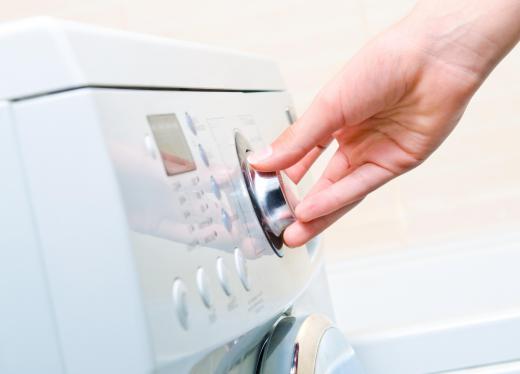
The volt is the unit of electromotive force, or the amount of energy that is transferred per unit of charge, or coulomb. One volt is equivalent to one joule of energy being transferred for each coulomb of charge. Power, in watts, is equivalent to volts multiplied by amps, so a five amp current at 100 volts would be equivalent to 500 watts.
Generating Electrical Energy
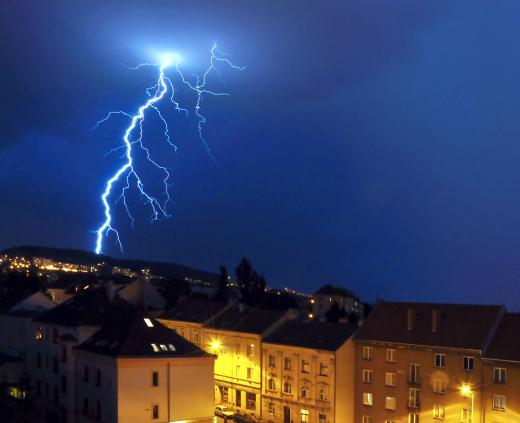
Most electricity is generated by devices that convert rotational motion into electrical energy, using the same principle as an electric motor, but in reverse. The movement of coils of wire within a magnetic field produces an electric current. Commonly, heat, often generated by the burning of fossil fuels, is used to produce steam that powers a turbine to provide the rotational motion. In a nuclear power plant, nuclear energy provides the heat. Hydroelectric power uses the movement of water under gravity to drive the turbine.
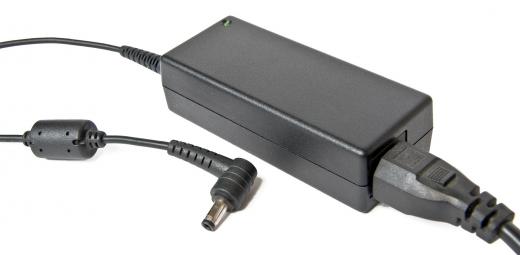
The electricity generated at power plants is generally in the form of alternating current (AC). This means that the current is constantly reversing its direction, many times per second. For most purposes, AC works well, and this is how electricity reaches the home. Some industrial processes, however, require direct current (DC), which flows in one direction only. For example, the manufacture of certain chemicals uses electrolysis: the splitting of compounds into elements or simpler compounds using electricity. This requires direct current, so these industries will either require AC to DC conversion or will have their own DC supply.
It is more efficient to transmit electricity through power lines at higher voltages. For this reason, generating plants use devices called transformers to increase the voltage for transmission. This does not increase the energy or power: when the voltage is raised, the current is reduced and vice versa. Long distance transmission of electricity takes place at many thousands of volts; however, it cannot be used in homes at these voltages. Local transformers reduce the voltage to around 110 volts in the USA, and 220-240 volts in Europe, for domestic supplies.
Electricity for small, low power devices is often supplied by batteries. These use chemical energy to generate a relatively small electric current. They always generate a direct current, and therefore have a negative and a positive terminal. Electrons flow from the negative to the positive terminal when a circuit is completed.
AS FEATURED ON:
AS FEATURED ON:




















Discussion Comments
The modern world you enjoy today would not exist but for the efforts of N. Tesla, yet I see no mention of this great mind. He is responsible for AC power. You only have to lose your power to understand what I mean. Happy trails.
Can you help me about "the electrical energy contribution"?
Yes it is true, but science is good for kids.
Electrical energy is friction.
examples: lightning, static electricity!
This helped me with my homework tremendously!
Thank you very much for posting this topic.
can vibration energy and heat energy be converted into electrical energy?
A load is operated from a battery. Do the electrons really move from -ve terminal battery to the + terminal?
what is the actual meaning of electrical energy?
what is it and when was it discovered?
this is a great article, but i learned all of this already (i guess I'm a wise geek lol).
What are some examples of electrical energy?
It seems that creating electrical energy by nuclear reaction is the way of the future.
Post your comments